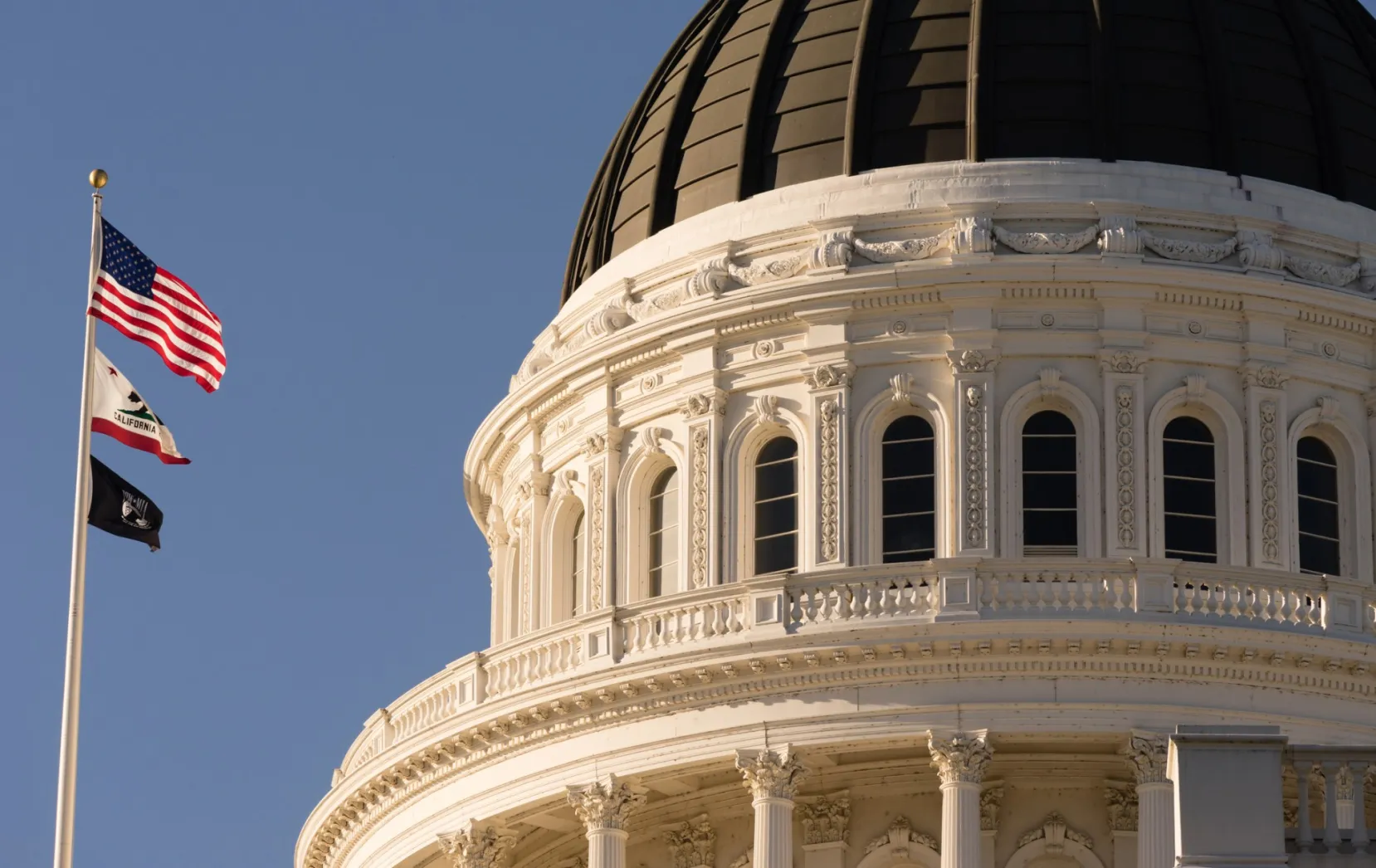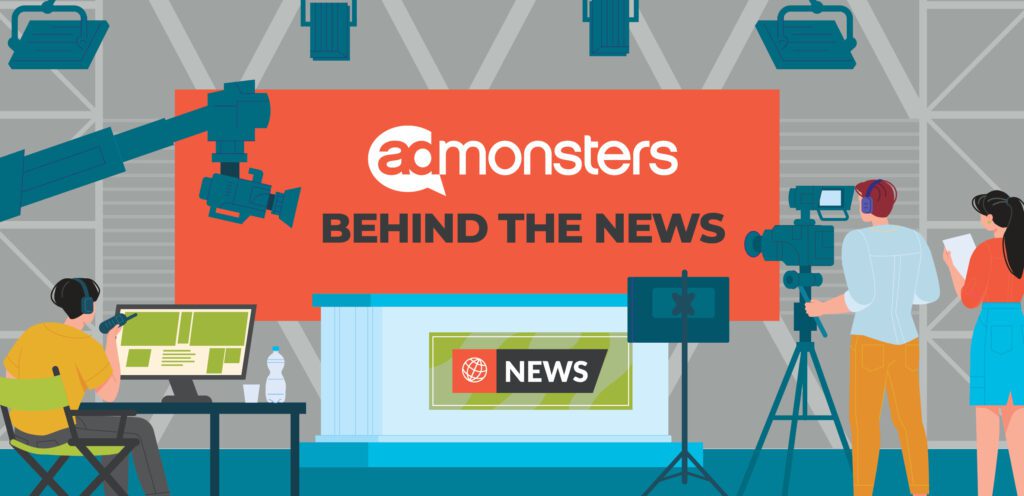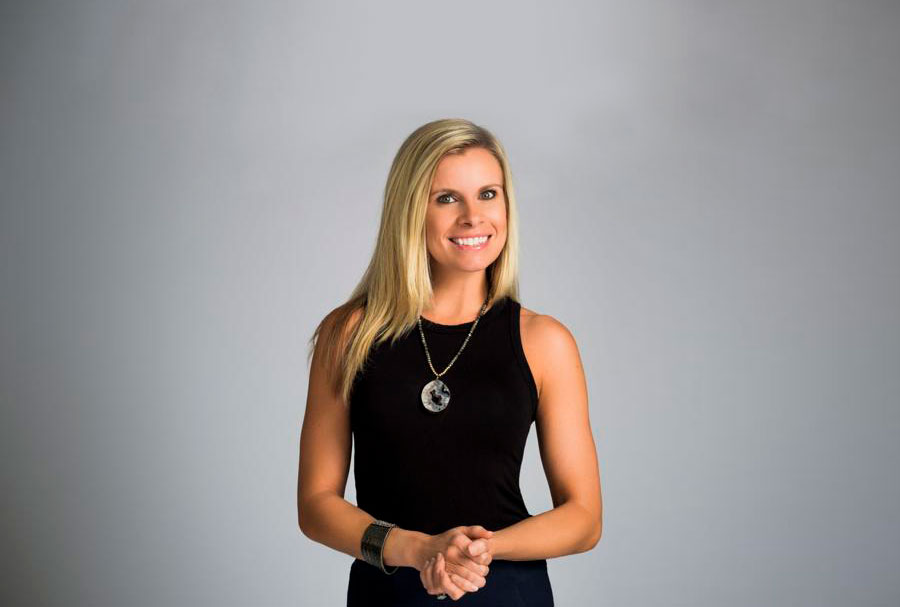
Just the Facts: Debunking the FTC’s Case Against Amazon
Federal Trade Commission (FTC) Chair Lina Khan loves to talk about how the federal government is taking on big bad retailer Amazon, which she says is engaging in anticompetitive trickery to maintain monopoly power. The tale of Amazon’s badness is one Khan has been peddling for nearly a decade. It’s also the basis for the FTC’s 2023 decision to sue the online retailer, a move that could result in its breakup and harm millions of small businesses that find enormous value selling on Amazon’s marketplace.
But the facts show that Khan’s story is largely fiction. Let’s take a look.
First, Amazon doesn’t come close to enjoying monopoly status. The Department of Justice has long held that a company doesn’t enter the realm of “monopoly” until it has something like 70% market share. But as New York Times columnist Farhad Manjoo recently noted, Amazon accounts for less than 5% of all U.S. retail sales. Even if you look only at the online retail market, Amazon’s share is just over 35%. To label Amazon a monopoly, the FTC had to tailor-make a brand new market category suited to its argument: the “online superstore” category. Only after narrowing the competitive field to just three players–Amazon, Target, and Walmart–could the FTC accuse Amazon of unfair market dominance.
It’s quite the legal sleight-of-hand. Meanwhile, Amazon is actually becoming less dominant in today’s highly dynamic retail market as it faces increasingly numerous, fierce and savvy competitors, including Walmart, Target, eBay, Etsy, and Shopify, as well as ambitious Chinese online retailers Temu and Shein. And small sellers aren’t “stuck” selling on Amazon, as Khan likes to say. Rather, the overwhelming majority offer their products through numerous channels, including brick-and-mortar outlets and boutique websites, along with larger-scale retailers like Amazon, Walmart, and Target.
Khan likes to skirt the issue of Amazon’s actually quite moderate market share by arguing (dubiously) that monopolies can be identified not only by their size but also by their bad behavior. And she says Amazon behaves very badly indeed: it “hikes fees” on the small businesses that sell through its platform. To make her point, Khan says Amazon keeps one out of every two dollars of revenue its sellers generate–effectively levying a “50% monopoly tax.”
There’s a lot to unpack here. First, the “fees” for doing almost everything in America–from visiting national parks to checking luggage on an airline to FedExing a package–have been “hiked,” big-time, over the past five years. It’s not clear why Amazon would be immune from the inflation that continues to plague nearly every sector of the US economy. (And if “hiking fees” is evidence of illegal monopolistic practices, everyone from universities to your local house-cleaning service had better start worrying.)
Still, isn’t the 50% “tax” really bad? Actually, no–it’s just a figure that must be understood in context. And in a business context, anyone who’s looking at 50% margins after paying for warehousing, marketing, advertising and shipping their product, along with customer service support, is doing incredibly well. By comparison, grocers’ margins are generally less than 3%; restaurateurs, less than 5%; homebuilders, less than 15%. So arguing that Amazon sellers “only” earn 50% margins is like saying a batter “only” bats .500, or a family is “only” able to save half its monthly income. In other words, 50% is a phenomenally good margin–and it’s worrying that our FTC chairperson lacks such basic business understanding. Moreover, Khan’s 50% figure is likely an understatement. It costs just $39.99 a month to become an Amazon seller, and per-item sales referral fees typically run about 15%; by some estimates, Amazon sellers enjoy margins of close to 80%.
But there’s a more fundamental issue at play here. Ms. Khan uses the word “fee” as a term of disparagement, implying that Amazon is taking money from its sellers in exchange for nothing–that it’s essentially a shakedown operation. (She even called the retailer–long ranked one of America’s favorite and most trusted–a “mafia boss.”)
In fact, nothing could be further from the truth. In exchange for a monthly “fee” of $39.99 plus a 15% referral fee, Amazon sellers get to put their products in front of millions of customers. They also get an astonishingly valuable array of tools and services that boost their businesses’ sales and growth, including branding, marketing, pricing, and inventory management support. And sellers choose to pay for Fulfillment by Amazon (FBA) because it’s far easier, quicker, and less expensive than working with a patchwork of different vendors to get the same services. Amazon offers sellers terrific value–especially when you consider that the fees just to get a product onto the shelves of a grocery or big-box store can run as high as $1,000 per item per store.
Here’s the point: It costs money to run a business. Sellers aren’t paying Amazon worthless “fees”; they’re paying it for critically important business services and getting those services for a fantastic bargain.
Khan spins a good yarn, but the truth is that Amazon isn’t bullying, coercing, or tricking small sellers into using its platform–it’s attracting them with tremendous value, service, and instant and vast visibility for their products. The FTC needs to understand that size and success are generally indications that a company is doing lots of things right, rather than lots of things wrong. Amazon offers unprecedented service, convenience, and value to its sellers and buyers. That’s why both Walmart and Target are trying to do what Amazon does. And that’s not a crime–it’s good business.
















